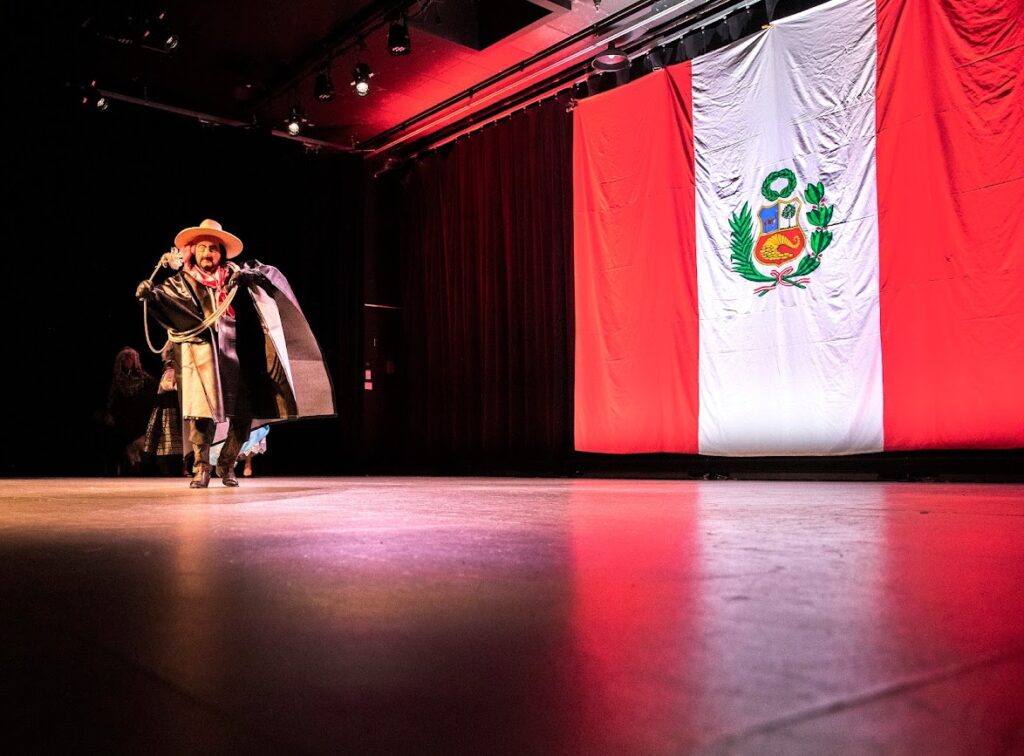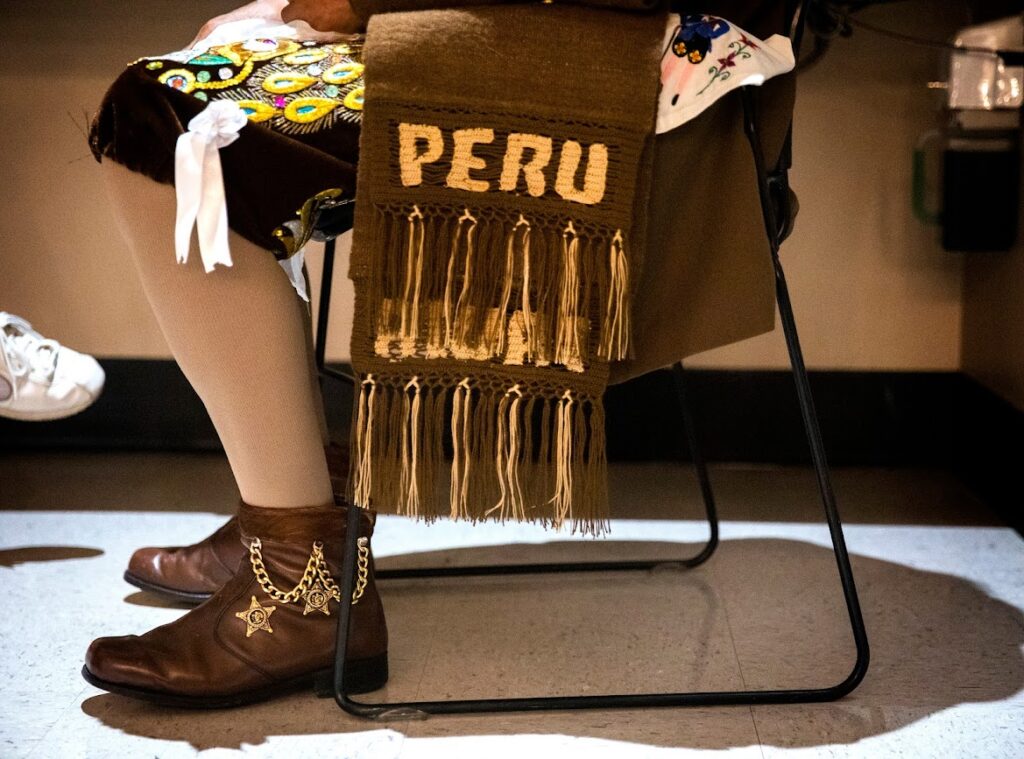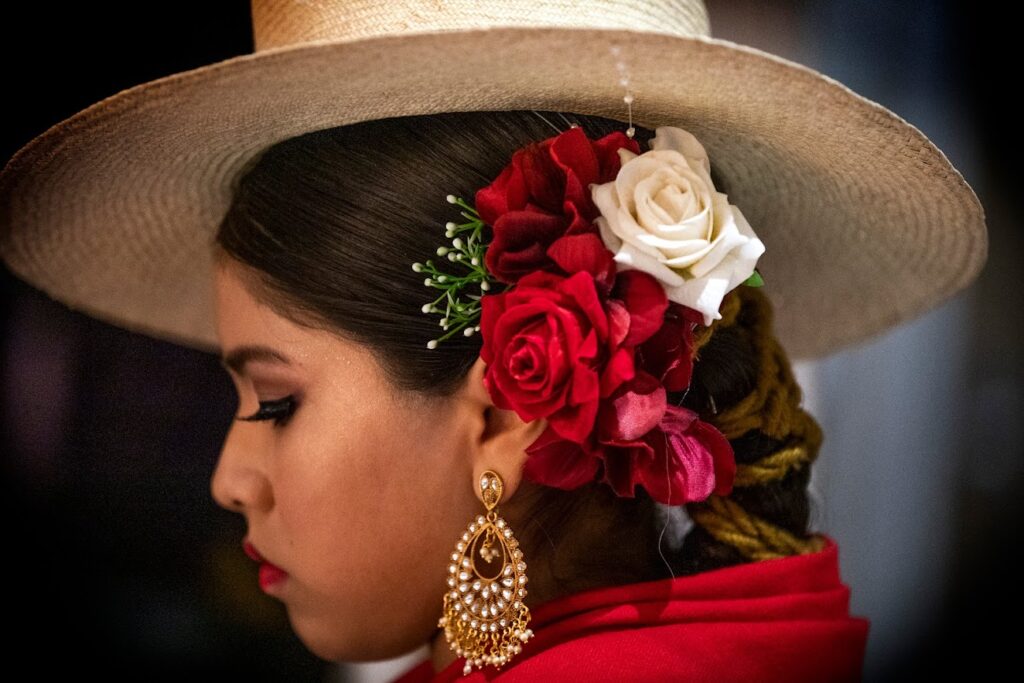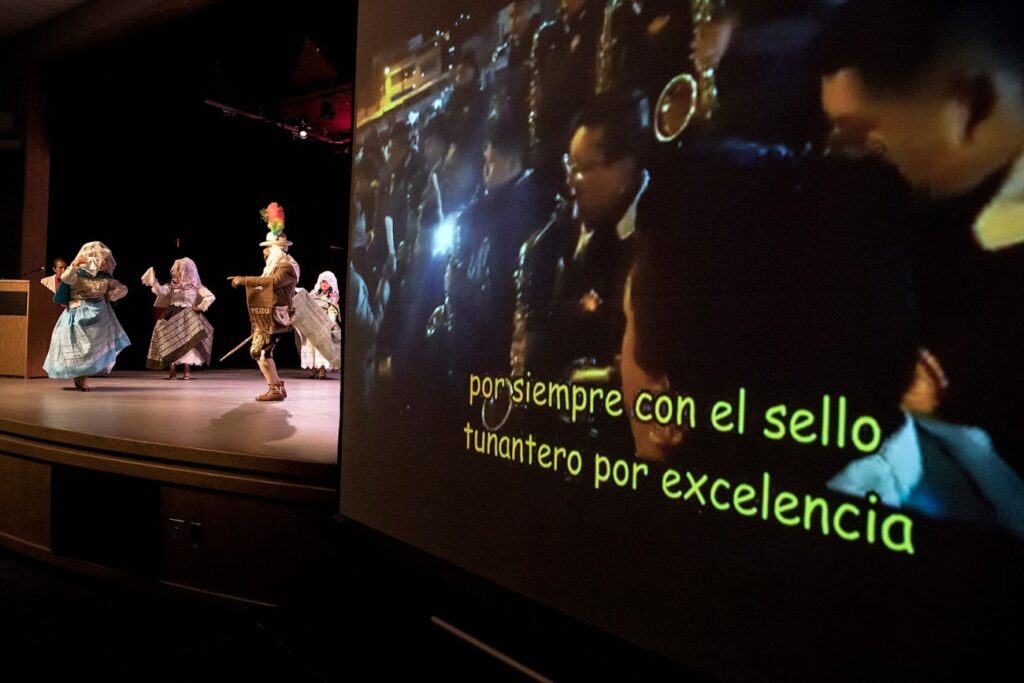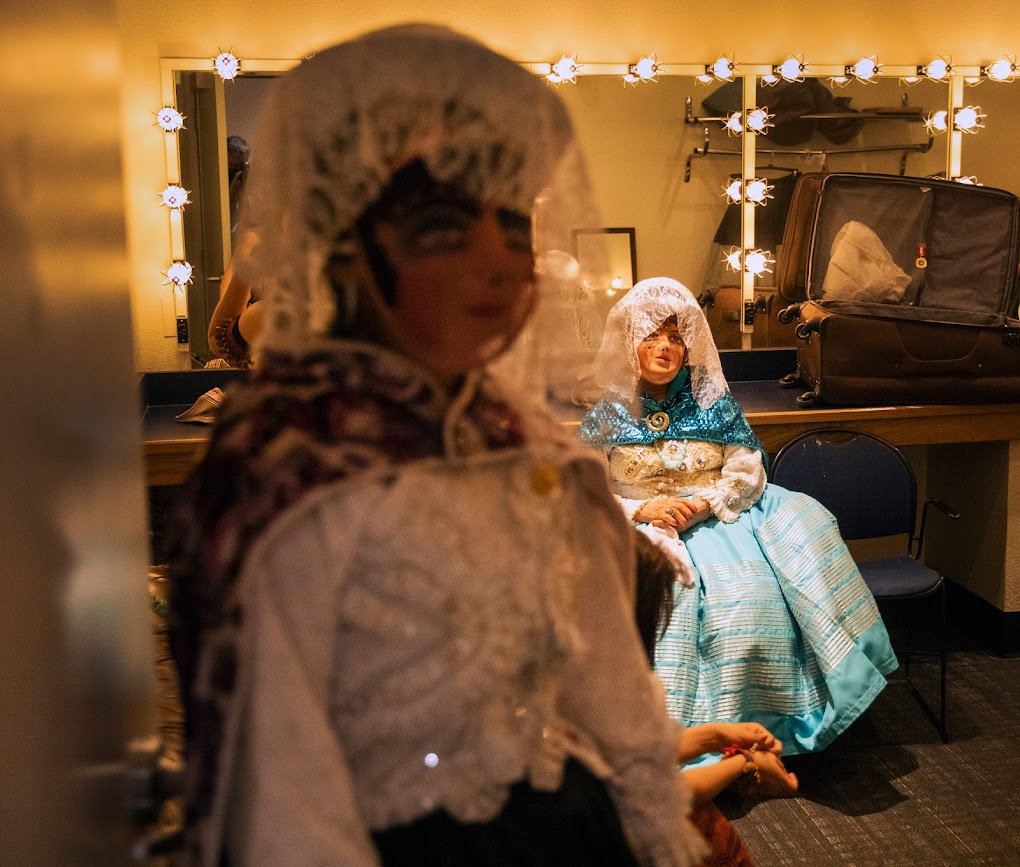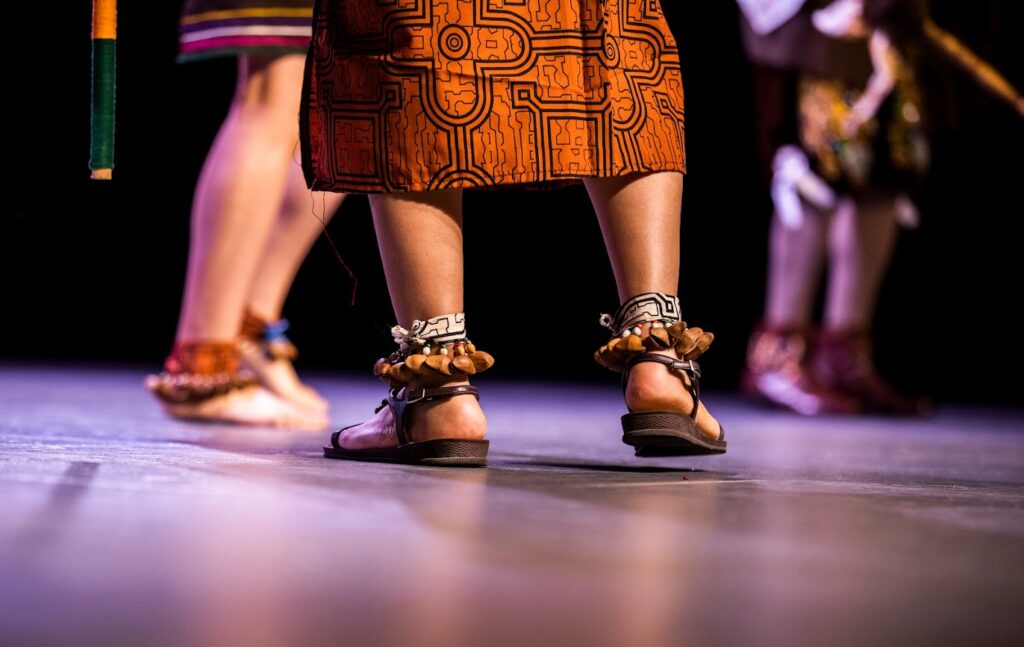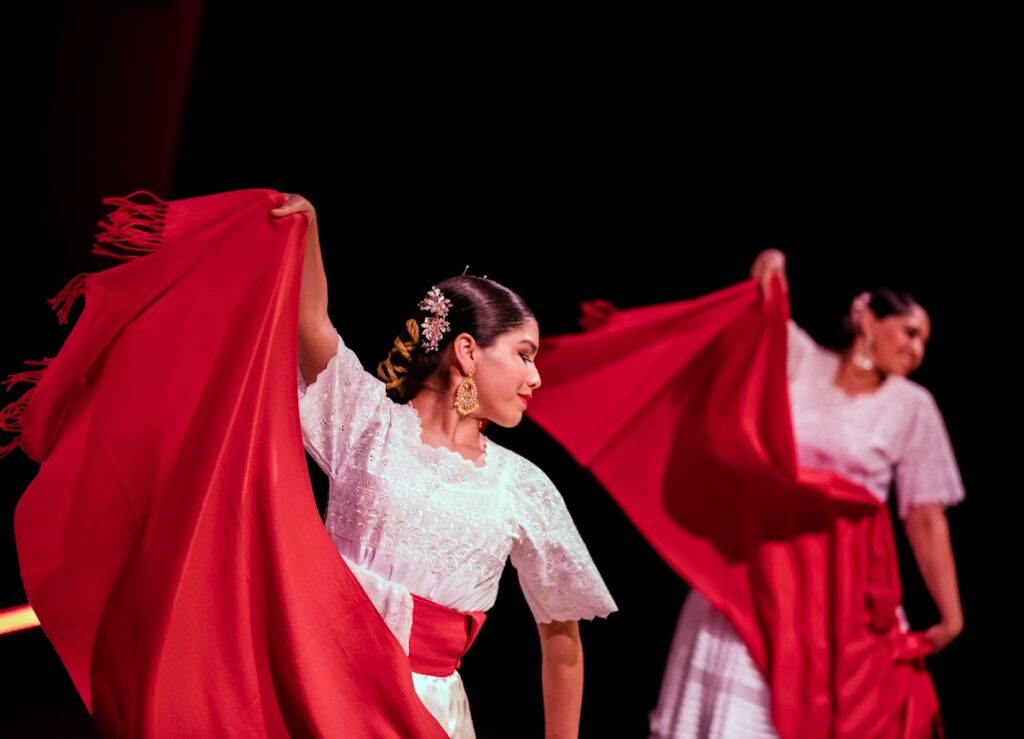200 years after Peru gained independence, Las Vegas residents keeping traditions alive
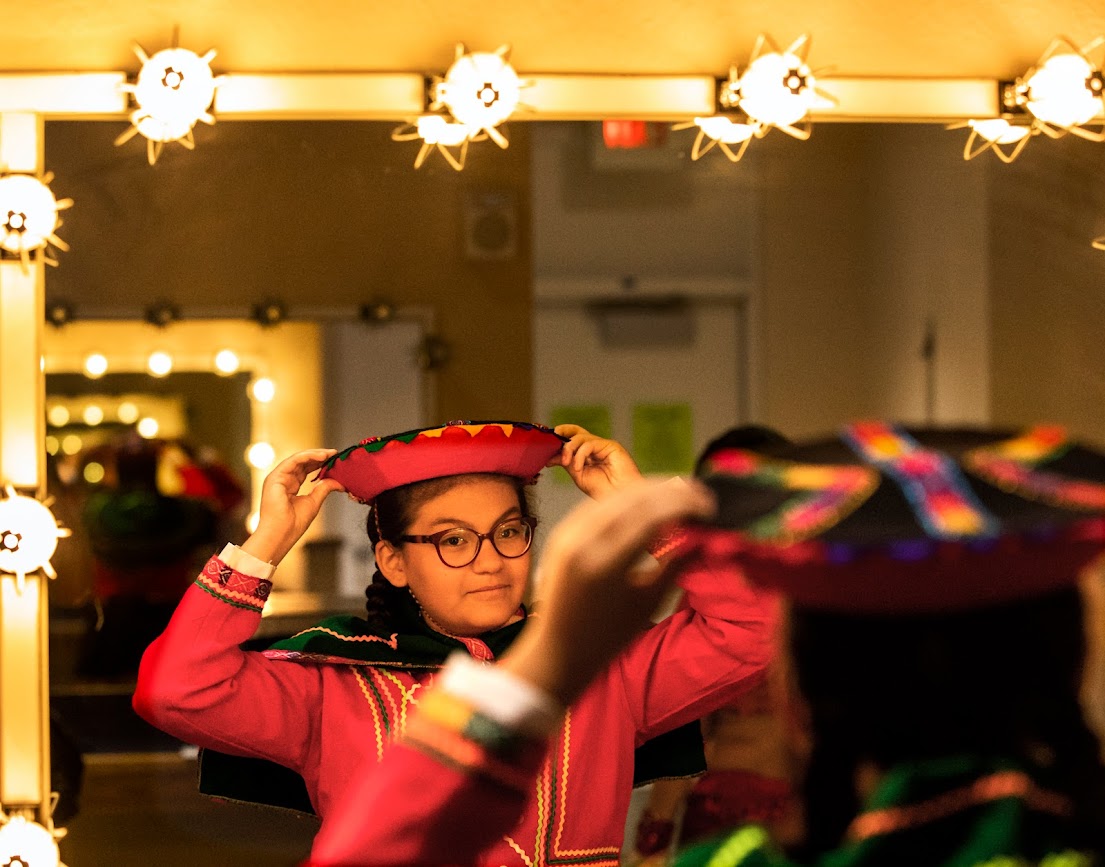
Twelve-year-old Las Vegan, Cynthia Suriano radiated confidence as she danced for the first time on stage the Tunantada, a traditional Peruvian dance, to a melody of wind instruments.
Her two braids bounced to the rhythm of the music as she made her way across the platform twirling fluffy tassels assembled together in the colors of the rainbow, dressed as her character Cusqueñita, one of the many personalities in the Tunantada. La Cusqueñita represents the people of Cuzco, Peru. Her older cousins, aunts and uncles danced beside her in their character costumes.
“It’s my first time ever dancing in a Peruvian dance. It was very fun, a very special moment,” Suriano said. “Nobody is afraid to dance in this family.”
The July 28 event at the Winchester-Dondero Cultural Center theatre in Las Vegas marked the bicentennial Peruvian Independence Day. Peru achieved its independence from Spain 200 years ago, in 1821, when Argentine General Jose de San Martin defeated the remaining Spanish powers.
The Tunantada originated from the valley town of Jauja in Peru and consists of various characters dancing together in harmony but not synchronized, usually performed in large groups and festivals. At the Winchester-Dondero Cultural Center, the family was able to bring the Juajan tradition to a smaller scale on stage.
Other members of the family and close friends interpreted other traditional dances and musical tributes throughout the Independence Day celebration, but the Tunantada holds a special place in the family’s heart because of the family’s roots in Jauja, said Luis Amaya, a member of the Peruvian Chamber of Commerce.
The dance satirizes the dynamic between Spanish settlers and the native Peruvian people during the colonial period. The Spaniard characters dressed in big skirts covered in beading and gold and silver embroidery, lace veils, hats with feathers, props such as handkerchiefs and canes, and a “second face” – a mask to hide the dancers’ identities.
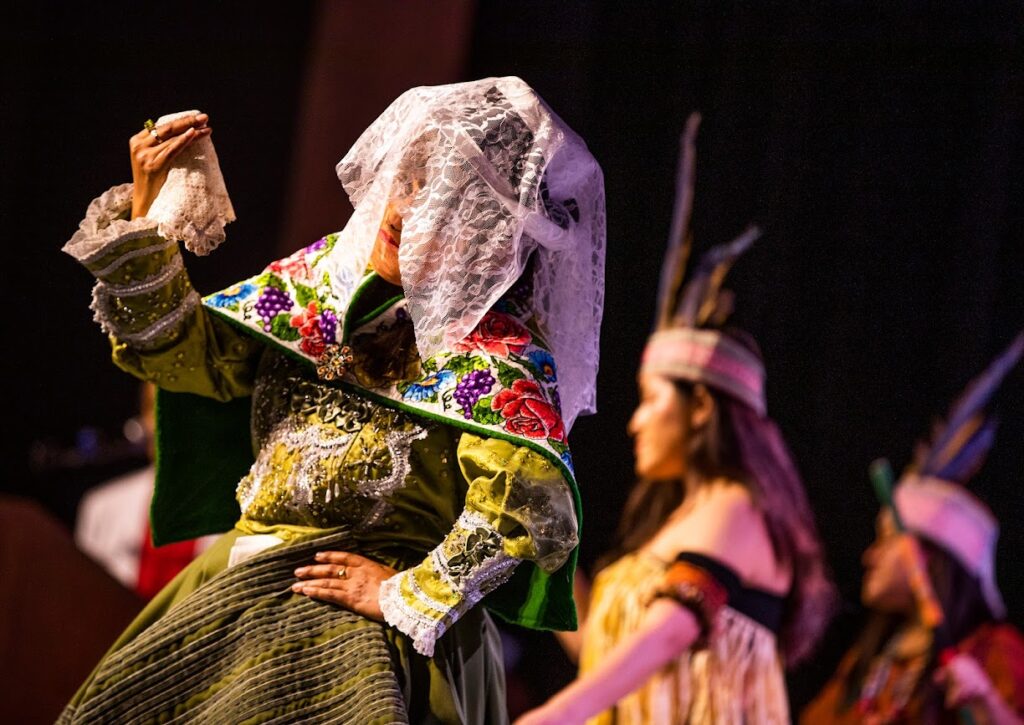
“We’re passing down our culture, our roots, with our dances,” Arturo Amaya, Suriano’s uncle, said in Spanish.
He spearheaded the creation of the Peruvian Chamber of Commerce of Nevada in 2012, which has more than 30 members, advocating for about 100 Peruvian businesses success through the Peruvian Chamber of Commerce.
The Amayas grew up watching and participating in the dances in Peru. Since their family immigrated to the U.S. over 20 years ago, they have been actively trying to grow the presence of the Las Vegas Peruvian community by organizing events through the organization. An estimated 5,000 Peruvians reside in the state, according to Amaya.
Although the family does not have an official dance group, they perform at events to share their culture. But Arturo Amaya said engagement and participation has decreased over the years due to the children growing up and moving away.
“I’m excited for my homeland this Independence Day and this celebration because it shows our community that even far away from home and we’re few, we do exist in Las Vegas,” Luis Amaya said. “And the dance connects me to my homeland. I learned it when I was a kid by watching my dad do the dance.”
Suriano and her younger cousins are the family’s hope that their traditions and culture will be kept alive far from their origin country. And her mom, Diana Arias, is delighted her daughter showed interest in the dances.
“She said to me ‘Mom I’ve always seen you dance, I want to dance, too,’” Arias said. “Dance is part of her, it’s in her blood, it’s natural for her. I’m very happy.”
